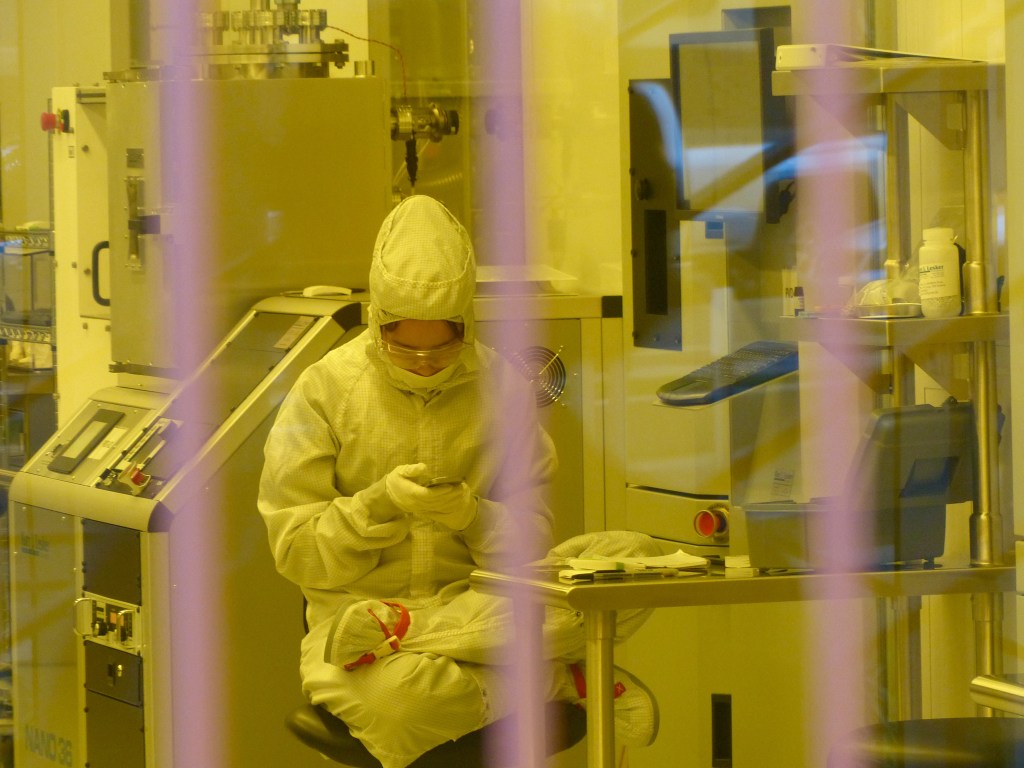Conservancy NatureNet Science Fellow Mingliang Zhang recently published a paper in Nature Nanotechnology that marks an important step toward solving one of the challenges facing scientists working on next-generation smart nanoparticle systems: the ability to precisely engineer those systems in size, shape and composition to introduce multiple functionalities that would otherwise be unattainable from a single material.
Zhang’s finding—a new fabrication method for engineering smart nanoparticles—holds great promise for leading to breakthroughs across many different industries, from technologies that could help mitigate climate change to targeted drug delivery to water purification.
But to understand the significance of Zhang’s NatureNet work at the University of Pennsylvania, you need to understand a little bit about ‘smart’ nanoparticles, how they’ve typically been engineered, and how they work (or, how scientists are hoping to get them to work).
Smart Materials in a Nut Shell
First, a brief definition. At the risk of oversimplifying, smart materials are reactive materials — meaning their properties and/or movements can be changed by application of external forces, like electricity, magnetic fields, or temperature. Another important property of smart materials is that once the external force is reversed, the material returns to its previous state.
Smart nanoparticles capable of multiple functions are important because they can be “tuned,” which means they can be engineered to behave in defined ways based on their size and shape and the composition of the materials used to create them. For example, in nano-based photothermal treatments for diseases like cancer, where heat is used to kill cancer cells, the addition of magnetic function to a nanoparticle would make it possible to apply an external force to a patient’s body to precisely control the location of the nanoparticle, and therefore of the treatment.
Right now, there are two primary methods for engineering smart nanoparticles, known informally as top-down (based on lithographic definition of templates) and bottom-up (based on materials synthesis and assembly).
“In the top-down method,” says Zhang, “you have lots of size and shape control and can engineer multifunctional smart nanoparticles. In the bottom-up method, you can create 10-nm-sized nanocrystals with unique physical properties, but both methods have limitations. One in function, the other in size and shape control, and achieving multi-functionality.”
As Zhang explains, one of the key challenges to engineering next-generation smart nanoparticles is that, while the bottom-up method enables creation of nanocrystals with unique physical properties, it doesn’t enable much multi-functionality. On the other hand, while the top-down method is good for engineering multifunctional nanoparticles, it is difficult to work with if you need particles around 10nm or smaller.
The solution to the challenge? Find a way to successfully combine processes. And in their recent paper, Zhang and his colleagues describe a hybrid fabrication method that does just that.
Combining Methods
“We combined top-down and bottom-up methods to create mechanically robust, magnetically switchable nanocrystal-based nanorods,” said Zhang. Put more simply, the smart nanorods are tuned to react to light and magnetic fields. But, because the nanorods respond to the magnetic force without becoming magnetized, they don’t clump together once the magnet is removed. And because they also respond to light, they could potentially be used to create things like energy saving ‘smart windows’–windows that can be used to control not just the amount of light, but also the heat entering buildings.
There is, as Zhang notes, still a lot of work to be done, but their new hybrid process is a promising step toward the development and ultimate realization of the smart nanoparticle systems the world is going to need to meet its growing challenges, from climate change to water supply to treatment of disease.




Join the Discussion